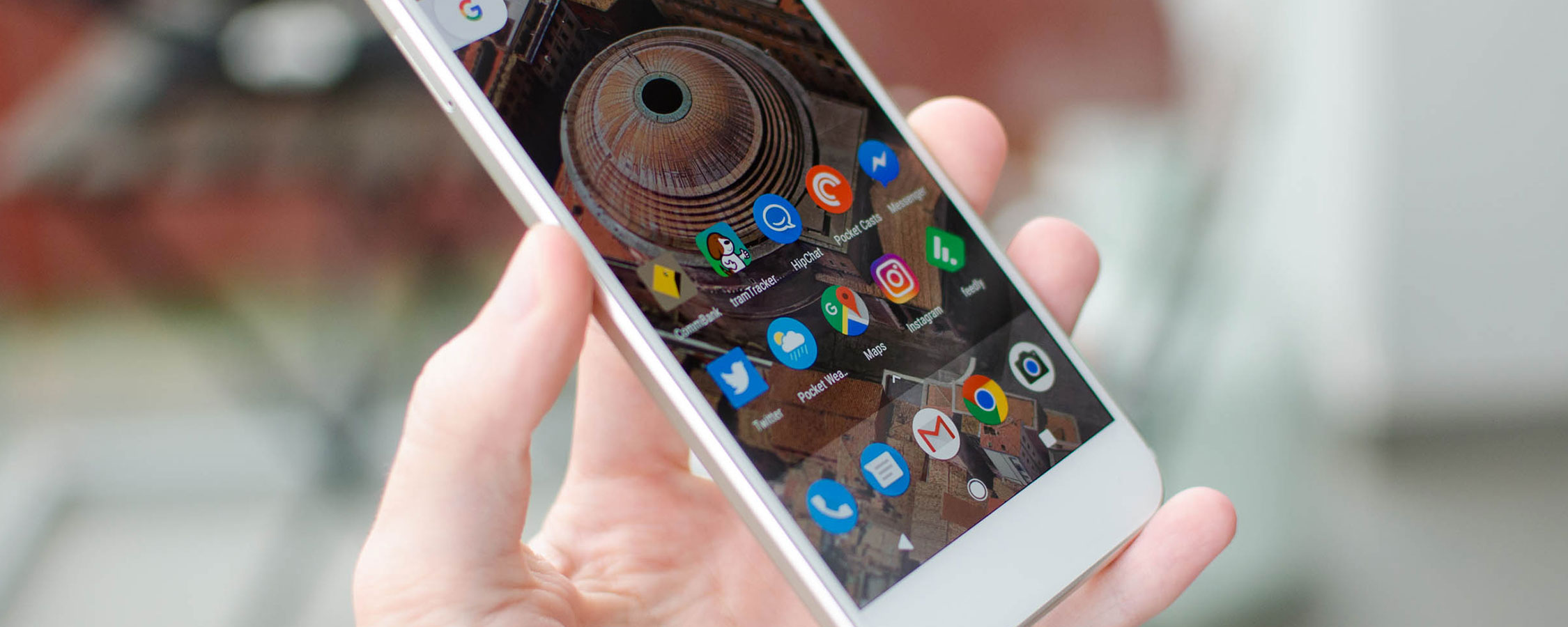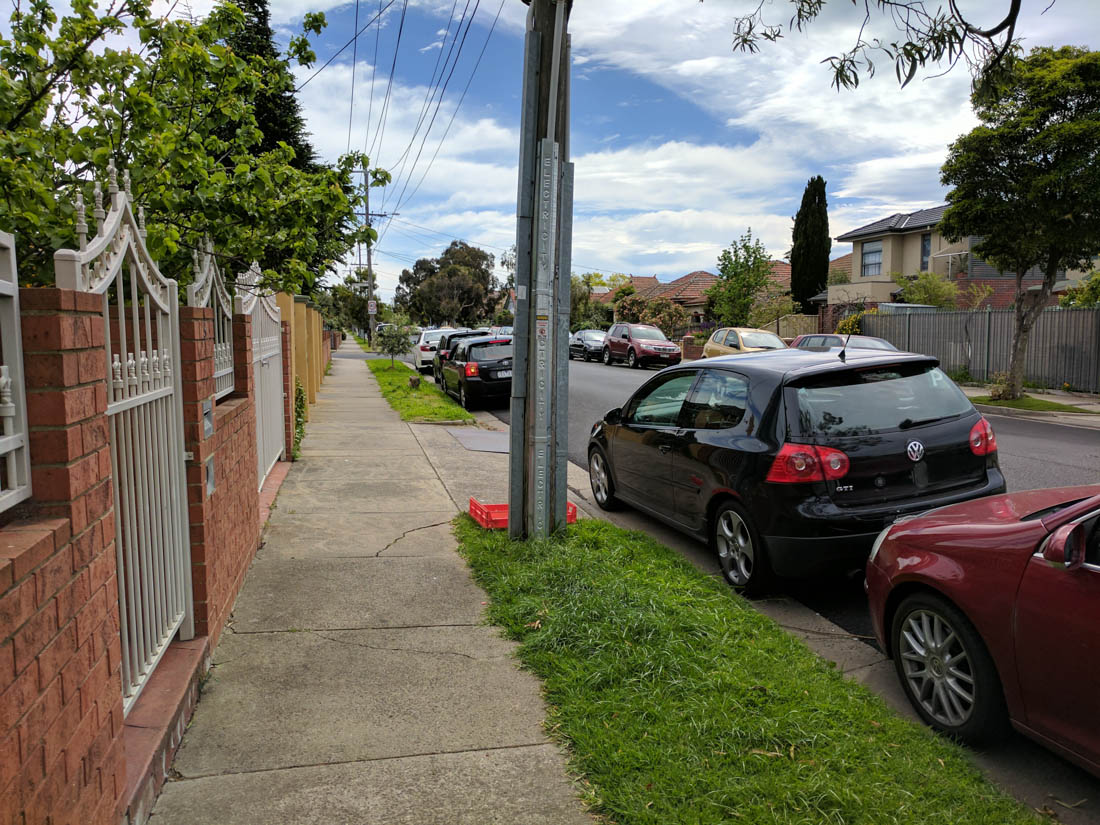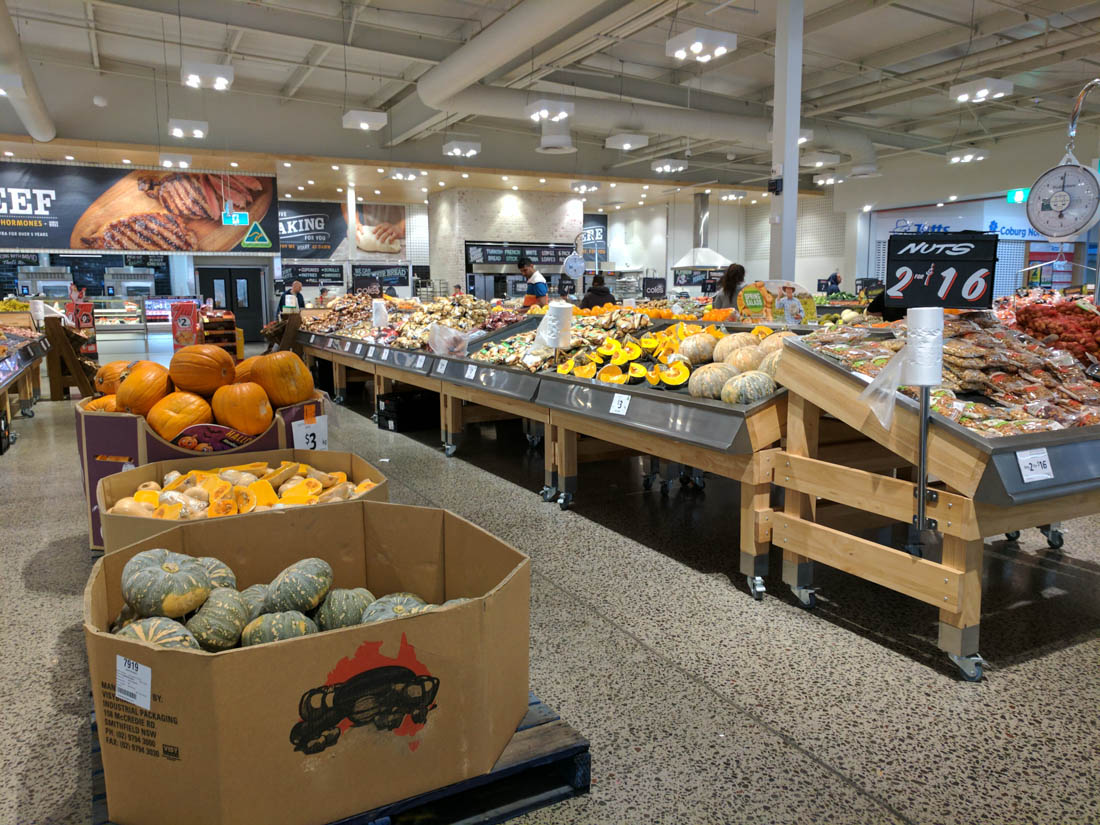Camera Quality and Samples
The camera solution on the Pixel and Pixel XL is identical, and is similar (from a hardware perspective) to the Nexus 6P. The rear sensor is a 12.3-megapixel (4048 x 3036 native 4:3) Sony IMX378 1/2.3" CMOS with 1.55µm pixels, paired with an f/2.0 26mm (equivalent) lens. The IMX378 is supposedly a faster sensor than the IMX377 used in the Nexus 6P, which allows the Pixel XL to include new ultra-fast automatic HDR functionality.
The rear camera sits next to a laser autofocus assembly that's used in conjunction with PDAF autofocus, and there's also a dual-LED flash. You won't find optical image stabilization though, as Google believes the hardware in this camera, combined with new software tricks, is good enough in low light. You will find support for up to 4K30, 1080p120, and 720p240 video recording.
The front camera is an 8-megapixel Sony IMX179 (3264 x 2448 native 4:3) 1/3.2" CMOS sensor with 1.4µm pixels, paired with an f/2.4 26mm lens. There's nothing particularly fancy about this camera, as it's basically identical to the front camera on the Nexus 6P. It supports up to 1080p30 video recording.
Image processing makes or breaks a smartphone camera. In the case of the Google Pixel, the image processing and general software capabilities of this camera make it the best I've tested in a smartphone to date. Gone are the days of a Google-made phone with a mediocre camera; the Pixel has what it takes to blow away the competition.
The Pixel XL doesn't go for the highest resolution possible, but the choice of a 12.3-megapixel sensor with 1.55µm pixels is clever, like it was on the Nexus 6P, as the larger pixels deliver more light data. And while we're not seeing 20-megapixel photos with loads of zoomability, the Pixel XL delivers excellent fine detail. This is in stark contrast to what was previously the best Android smartphone camera, the Galaxy S7, which also delivered 12-megapixel stills but succumbed to the 'oil painting effect'. The Pixel XL's noise reduction filters are far superior and less aggressive, so more fine detail is preserved.
Image quality is astonishing. This is mostly due to Google's new HDR+ mode, which applies zero-shutter-lag HDR to images automatically and in nearly all occasions. With such a fast HDR mode, there is no longer an annoying capture delay or any issues with ghosting, allowing the Pixel to use this mode in all situations. The end result is class-leading dynamic range and excellent camera performance, whereas with past phone cameras it was a choice between the two.
I punished the Pixel XL with some seriously challenging lighting conditions, featuring horrendous backlighting or significant contrast, but in nearly all situations the Pixel XL pulled through to deliver a fantastic image. You won't get this from any other phone camera.
Color quality is outstanding. The Pixel XL has the same ability as the Samsung Galaxy S7 to deliver saturated colors both outdoors and indoors, and that's one of its many strengths. No matter the conditions, the Pixel XL produces photos at the correct exposure with excellent contrast, vibrant colors, and a touch more accuracy than the Galaxy S7. Photos from this camera look fantastic without any editing, and that's exactly what I want from a phone camera: instant shareability.
Not everything about the Pixel XL's processing is excellent. Occasionally the camera can struggle to meter white balance correctly, so a small minority of images have a slightly blue or yellow tone depending on the conditions. This is a relatively minor issue, though, and doesn't detract from image quality in a significant way.
The sensor's large pixels produce great low-light imagery, which is brighter than the real life scene in most situations. When it gets really dark, noise can become an issue, however despite the lack of OIS I rarely produced a blurry handheld photo. Color quality and level of detail is also superior to most other smartphones here, and continues the Pixel XL's camera dominance.
I've already mentioned how fast the Pixel XL's camera is at capturing images, even in HDR mode, but this is also true of focusing. The camera isn't quite as fast as Samsung's Dual Pixel system, however the combination of PDAF and laser autofocus delivers a top-end autofocus experience, second to the Galaxy S7. Simply point the Pixel XL at an object, and it will be in focus near instantaneously.
Google has geared the Pixel XL entirely towards producing excellent photos automatically, so the camera app is limited in its feature set. Manual controls are limited to very basic white balance and exposure options; there's no direct control over ISO or shutter speed. Panorama and photo sphere functionality is included, though there are no photo filters or 'beauty' modes.
There are two compelling extras that are worth mentioning. The Lens Blur mode, which simulates bokeh by taking multiple images for depth calculations, works surprisingly well for a camera without dual rear sensors. Object edge detection and depth calculations are just as good as the Huawei P9, and the simulated bokeh is somewhat pleasing.
The burst mode is also worth discussing as it produces automatically produces an animated GIF from your burst of images. The Photos app also highlights what it believes are the best (sharpest) images from the collection of shots, and the camera can shoot up to 10 full resolution shots per second.
The selfie camera is very good as well, delivering sharp and colorful images in most lighting conditions. Don't expect results as good as the rear camera, but the 8-megapixel sensor has enough light gathering ability to produce detailed images in low light.
The camera gets even better, though. The stabilization provided in the video mode is ludicrous. It's better than anything I've seen from a camera before, even those with hardware optical image stabilization. You can walk on uneven ground and capture a fully-stabilized 4K30 or 1080p60 video that looks as smooth as butter, like you're riding a hoverboard and using a gimbal. This feature alone gives the Pixel the best video recording of any smartphone.
When coupled with excellent video and audio quality, along with a range of shooting modes that include slow motion at 1080p120 and 720p240, the Pixel has you covered for recording high-quality video. The 4K mode tops out at 42 Mbps, and the effects of stabilization on image quality are minimal.

















